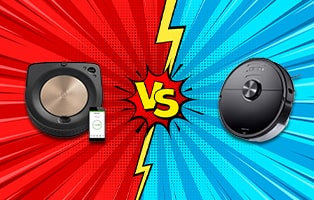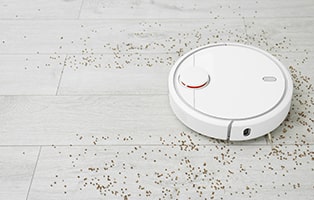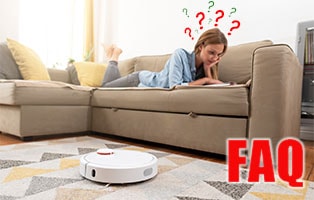The most frequently asked questions about robotic vacuum cleaners
Purchasing a robotic vacuum cleaner can be a major relief. Not only are modern devices extremely effective, but they often come packed with lots of quality of life features. However, they can be a bit confusing for the recent adopter, so we created this page of common FAQs to help get you acquainted with the types of robotic vacuums listed on this page. We hope they answer any questions you might have, but if you have a more specific question, feel free to leave it in the comments below.

The robot vacuum market is growing at a faster pace than ever, and much of the credit goes to advances in hardware and software capabilities. House cleaning is a necessary chore, and the latest features like smart maps and self-emptying dustbins have made robot vacuums a reliable product that you can count on for a proper scrubbing of your house.
Many vacuum robots are programmable, meaning you can manually set a schedule of when you want your robovac to do its magic. It starts cleaning your house at the scheduled time and goes back to its docking station once done. As such, they are most certainly both time-saving and energy-efficient. That said, the energy efficiency will most greatly depend on which robotic vacuum you purchase.
Yes. Most high-quality robot vacuums come loaded with several sensors that allow these devices to map and navigate the areas that are being cleaned by the device. Besides learning the layout of your house, these devices can also automatically detect and avoid hurdles that might impede their path.
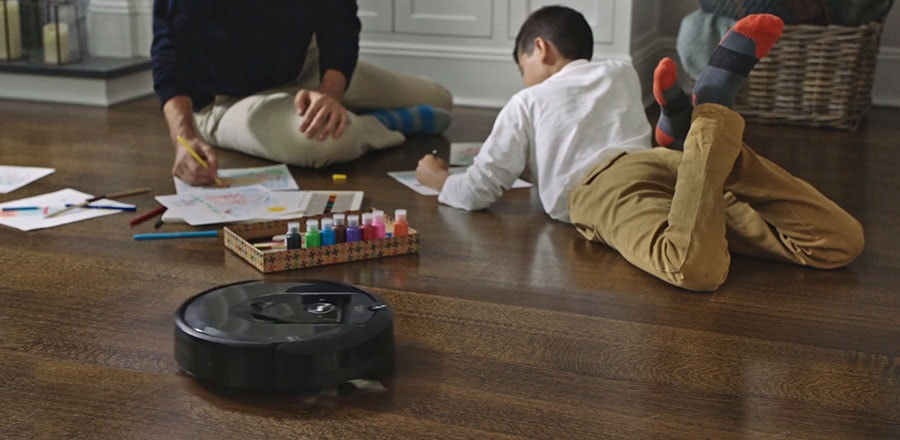
Robot vacuums are programmed to navigate the entire house using its on-board sensors. While doing so, these robots clean the floors and learn the floor plans for the sake of future navigation. The sensors installed on these devices allow them to avoid obstacles as well as avoid bumping into objects. Many devices make a beeping noise or some other type of indication once it’s done cleaning and has returned to its docking station for a recharge.
Docking stations are basically the charging stations where the vacuum robot parks itself after cleaning. This is also usually how you recharge the batteries of your vacuum. The docking station on some of the latest vacuum robots automatically removes the collected dirt and debris from the robot’s receptacle. This means you’ll never have to worry about cleaning out your vacuum ever again.
It generally takes about 2 hours for a robot vacuum to fully charge. Depending on the brand and model, a fully charged robot vacuum can continuously operate for 1 to 2 hours.
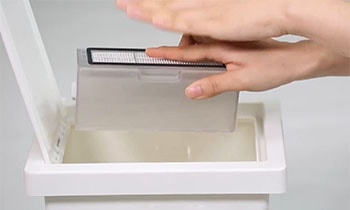
In order to maintain optimal performance and functionality of your vacuum robot, it is recommended you perform routine maintenance and cleaning once a week. Most devices will come with specific instructions for this cleaning and maintenance, containing all the information necessary to safely operate, clean, and maintain your device.
Unlike the traditional vacuum, robot vacuums do not usually carry a debris collecting bag. Instead, all of the dust and dirt from cleaning accumulates in an easy to remove plastic bin, which can be manually washed and re-installed. Depending on how you use it, the filter and bin should be cleaned every three to four cleaning cycles.
To maintain the optimum performance of any device, you may have to replace some small parts. For robot vacuums, this tends to include the brushes and filters after three to five months of heavy use. That said, more significant parts of your machine may also need to be replaced after just a few years of mistreatment. For instance, the battery and sensors on most models are suitable for at least a couple of years of heavy use before you may want to start thinking about replacing them or getting a newer model altogether.
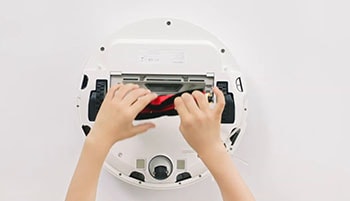
Pet and human hair tends to get stuck in the cleaning mechanism of the vacuum robot. The hairs stuck in the brushes and wheels can block airflow, and even greatly damage the device if left unchecked.
A blade tool or hair-removing comb usually comes along with these products, which can be used to remove the hairs and dirt stuck beneath the device. However, if you didn’t receive any tools like this, a common household kitchen knife or scissors can also be used to great effect.
There isn’t a lot of maintenance docking stations need, but there are a few key things. For instance, dirt can accumulate on the connectors of the docking station. The accumulated dirt can affect the connection between the device and docking station, which often results in an increased charging time of the device if it’s able to charge at all. So be sure to take a little time every now and then to clean the connector sections of your docking station.
Like anything else, vacuum robots have their limitations. These devices usually use piezoelectric or infrared photocell sensors to navigate their path. These sensors act as the eyes of the robot and keep it safe from bumping into walls and other objects.
Virtual walls, also known as boundary strips, are magnetic or infrared barriers that help the vacuum robot to distinguish between different rooms and areas of a house. These barriers act as a boundary for the robot and prevent it from leaving a certain space or bumping into valuable objects. Virtual Wall barriers are created by a mini-tower like device that emits infrared rays. These rays can travel several feet in a direction. The sensors on the vacuum robot detect these infrared beams and, in turn, alter its path.

Robot Tips & Tricks
